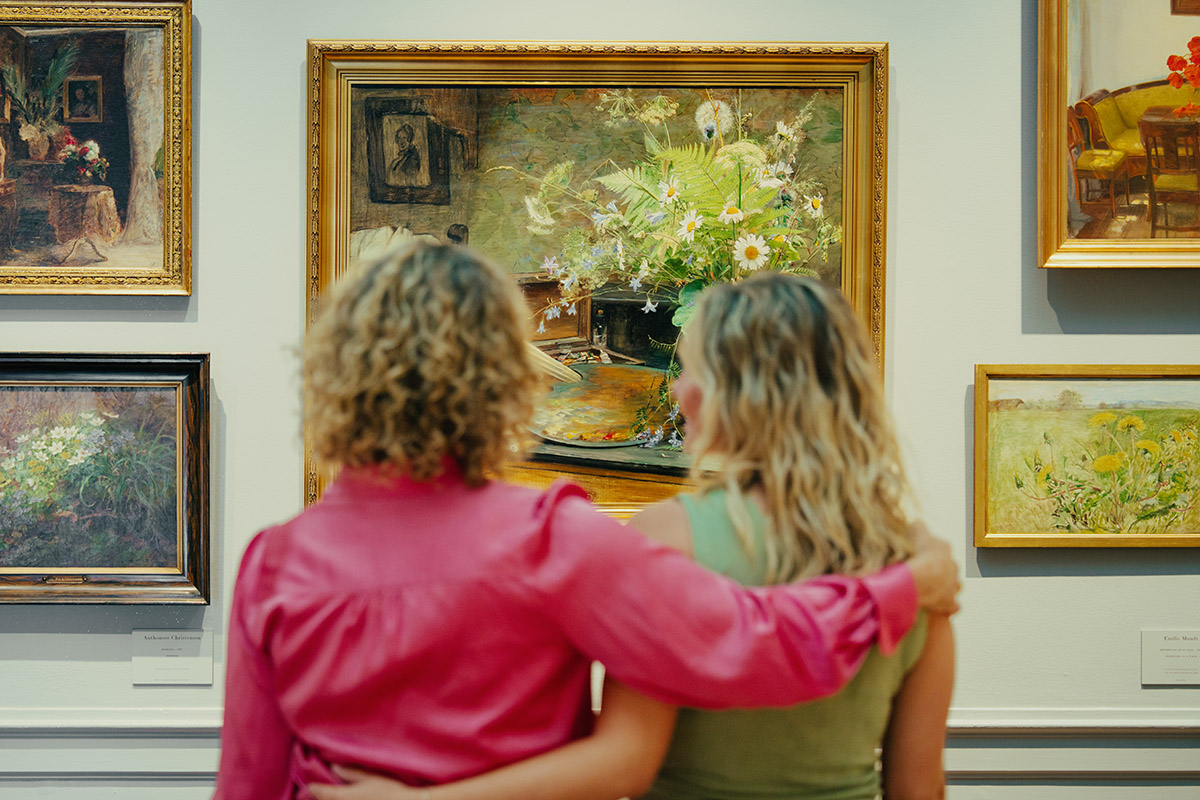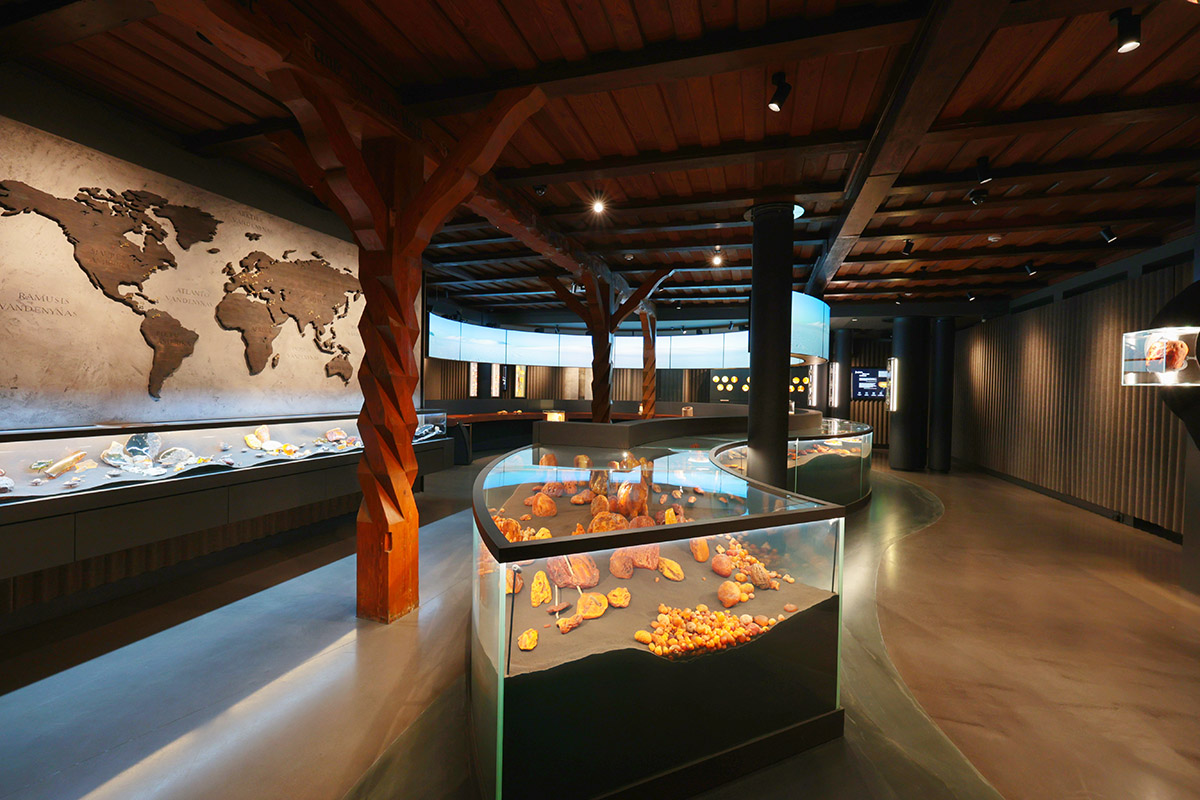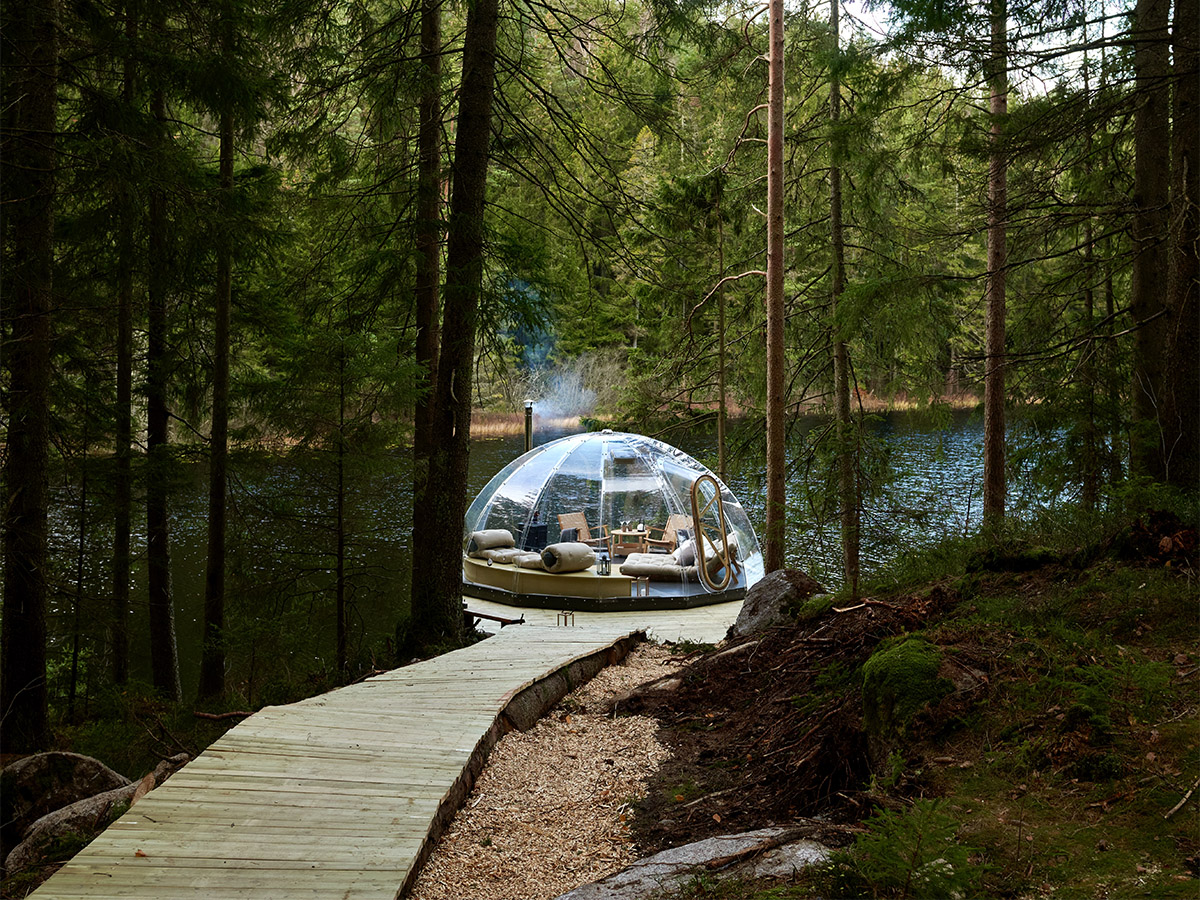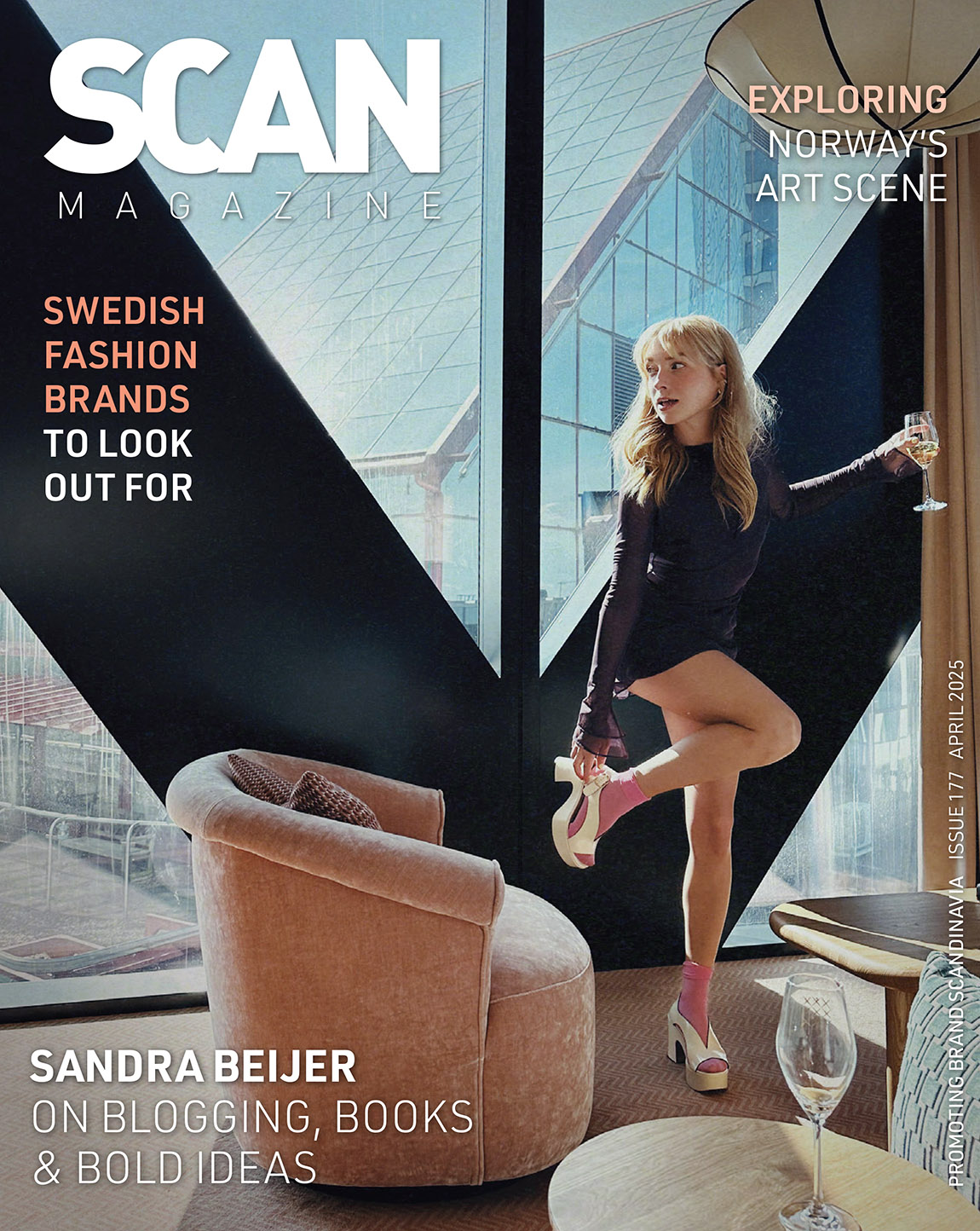Estonian National Museum: The story of a dream
By Heidi Kokborg
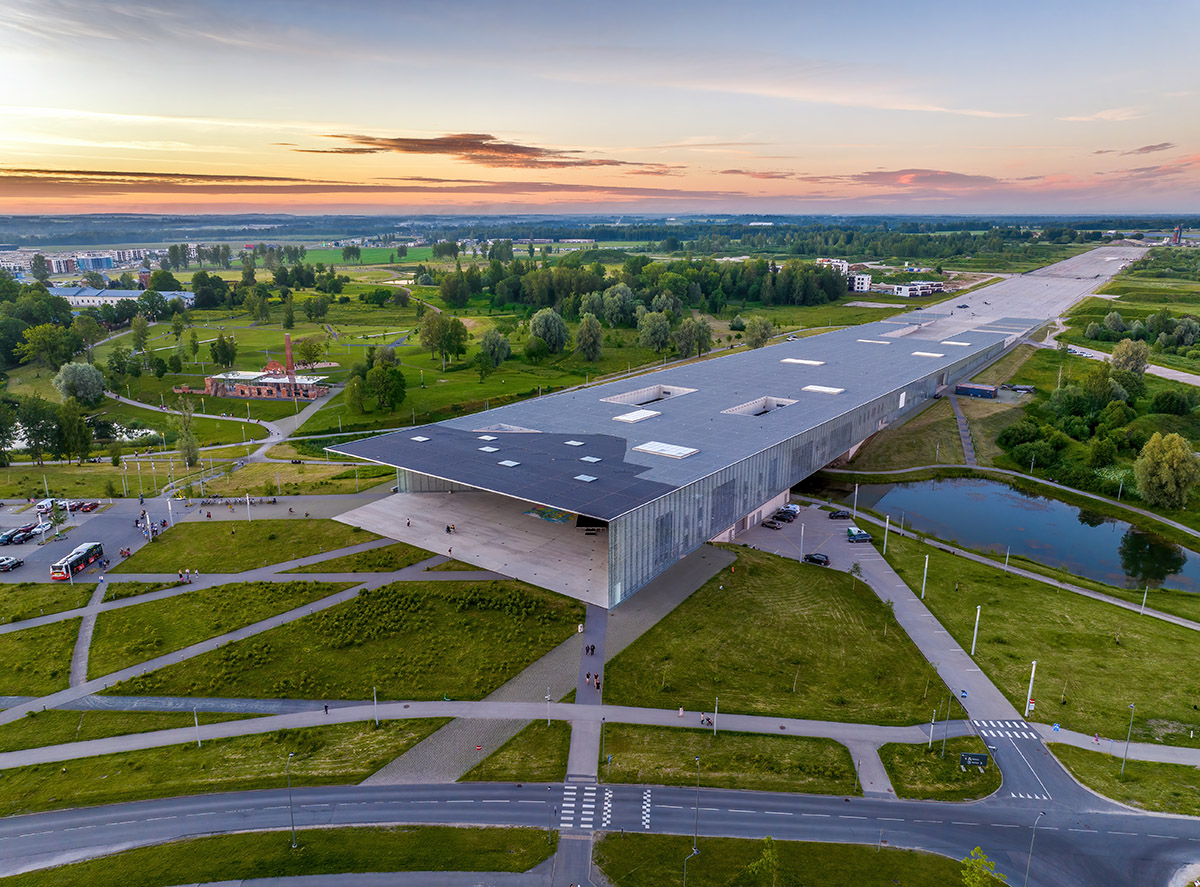
Photo: The Estonian National Museum
The Estonian National Museum was born of a great dream during the second half of the 19th century, a crucial time in the lives of Estonians. The museum in Tartu has fascinating exhibitions, a research centre, a venue for play, parties, classrooms, and a building surrounded by lush greenery. This is where people and great ideas meet.
During the national awakening in the last half of the 19th century, Estonian issues became the focal point for the entire nation. This is also when the dream of the Estonian National Museum (ENM) was born. The beginning of the 20th century brought another twist in the fate of Estonians in the form of major societal changes that led to a rapid fading of the old farm culture.
“There was a shift in people’s mentality, and old items no longer in use were increasingly valued and, thus, collected. The idea of a museum where Estonian items would find their place seemed more tangible than ever,“ explains Aivi Jürgenson, head of communications and marketing.
ENM was established in 1909, and the first exhibition opened in 1911. The museum has changed its location several times and nowadays the building is a masterpiece of modern architecture in Tartu.
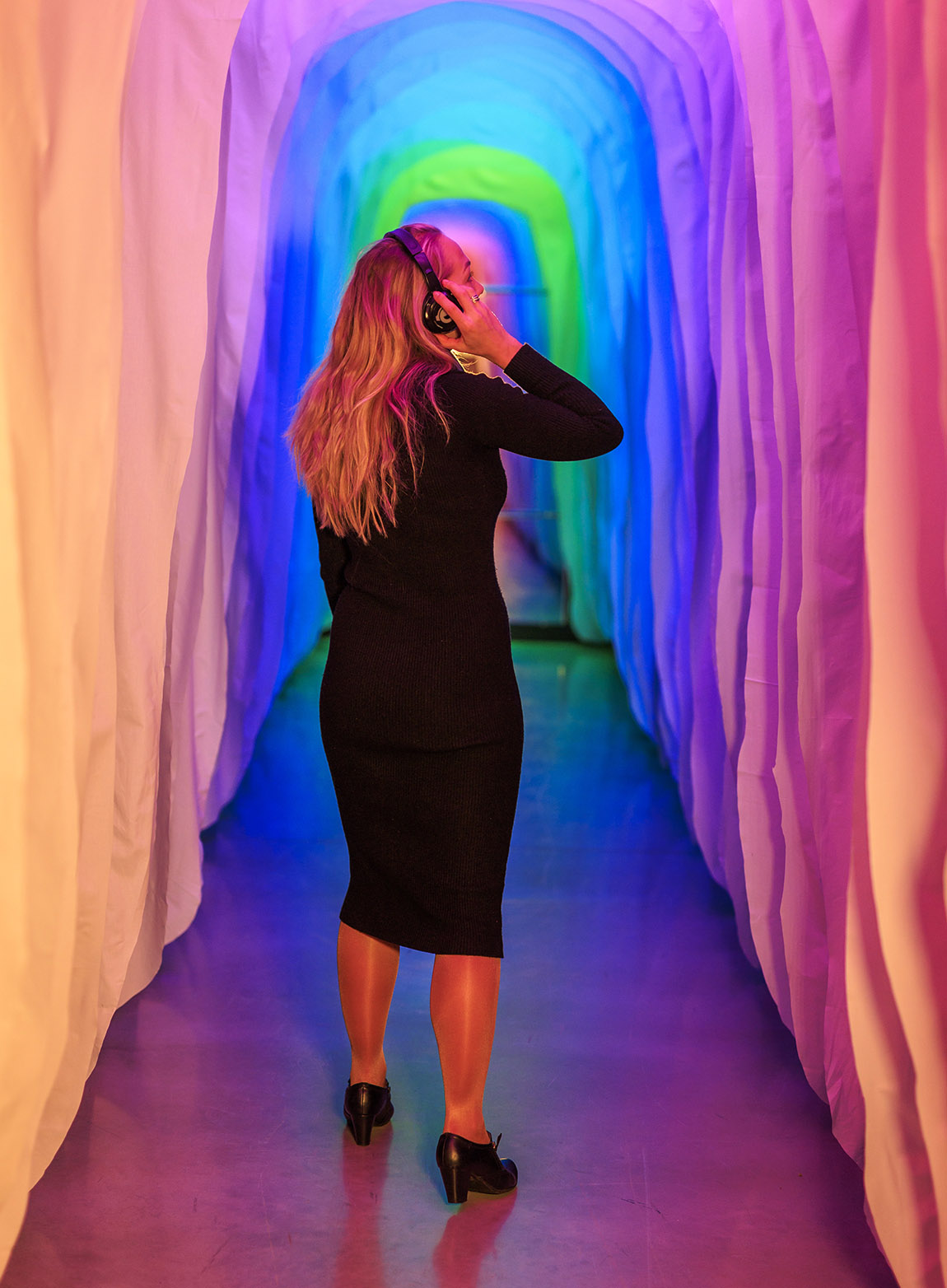
Photo: The Estonian National Museum
Immerse yourself in culture
When exploring the museum, you can see art and everyday culture everywhere around you. Even the area around the museum is an exhibition space. There is always a themed exhibition, a short exhibition, or a pop-up exhibition. The exhibitions are diverse and dynamic, reflecting the cultural heritage of both Estonia and the broader Finno-Ugric people.
“The permanent exhibition Encounters is an exhibition of ordinary Estonian people living in Estonia. You have the opportunity to reflect on freedom, consumption, and the environment, see the first Estonian flag, get to know the food culture, play with language, find rest in the comfort of a bed, and leaf through books,” describes Jürgenson. She adds: “For Encounters, we have a smart ticket that changes the language of the exhibition information on the display screens.”
The museum’s second major permanent exhibition is Echo of the Urals. Here, you will find yourself immersed in a magical Finno-Ugric world. “It’s a captivating journey through the territories and waters of the linguistic kindred nations,” says Jürgenson. “The everyday lives and creativity of these people are shown through the mundane activities of women and men, their main sources of livelihood, traditional art, folklore, and rituals.”
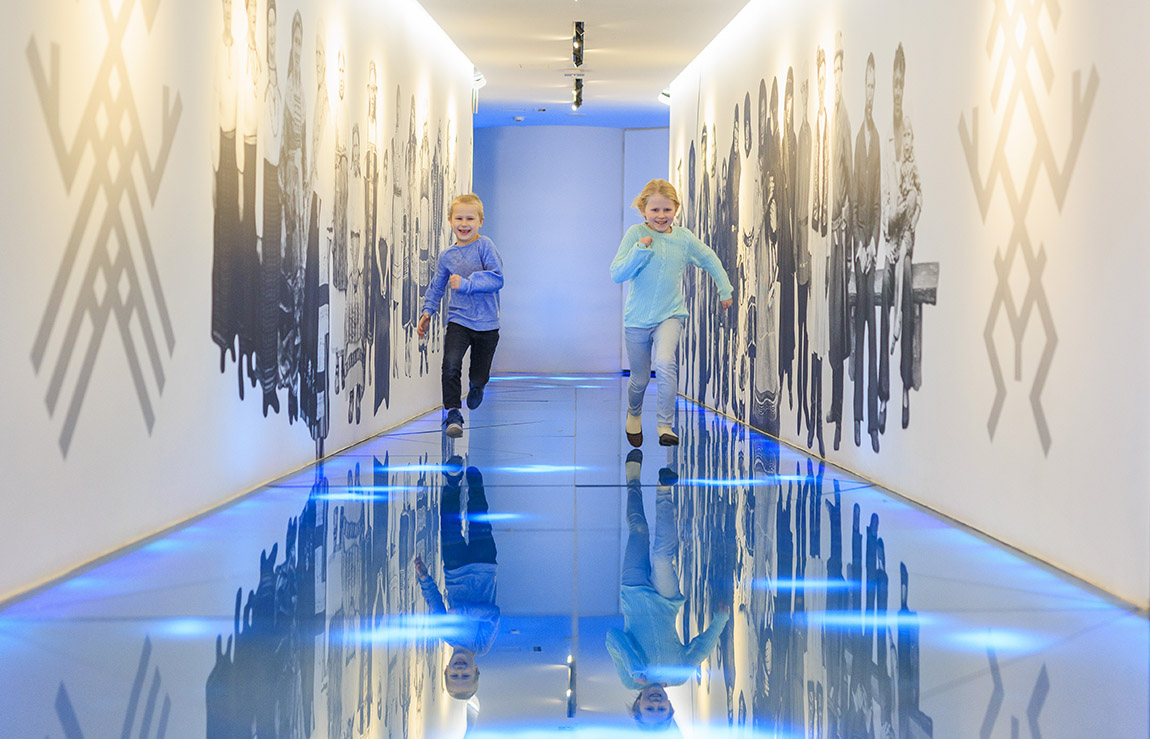
Photo: The Estonian National Museum
From urban nights to Ryoji Ikeda
ENM also has two temporary exhibitions you do not want to miss; Who claims the night? and a solo exhibition by the world-renowned Japanese visual and sound artist Ryoji Ikeda. “Who claims the night? examines how people have experienced Estonian urban nights in the past and present. The exhibition conveys the emotions of euphoric raves and karaoke nights as well as the medieval city rules and the living conditions of night workers,” says Jürgenson. This exhibition is open until 24 February 2025.
The solo exhibition by Ryoji Ikeda opens on 2 November 2024. Here, the artist will create two new works for ENM; an audiovisual installation based on research data from the Institute of Genomics of the University of Tartu, and a sound installation in collaboration with the world-known and valued Estonian Philharmonic Chamber Choir.
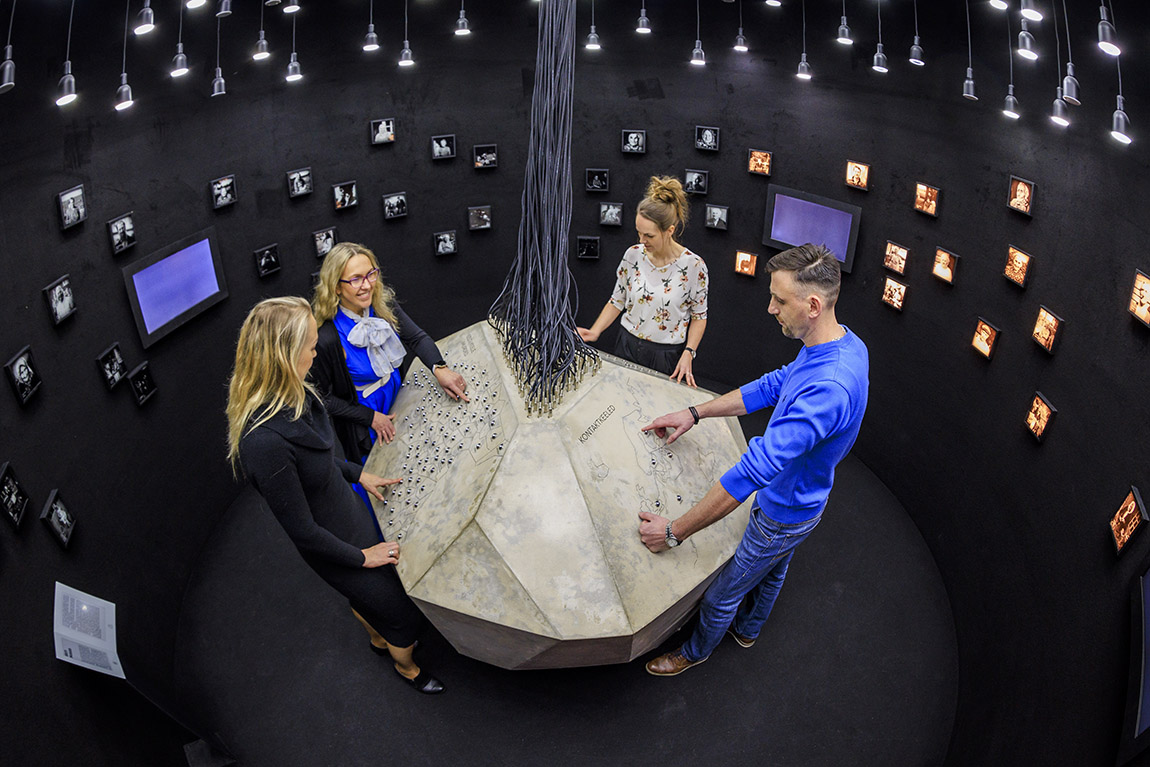
Photo: The Estonian National Museum
A museum for all ages
ENM is Estonia’s largest and best-known museum that has something for everyone, giving you plenty to do for several days. Today, the treasured heritage keeper has grown into one of Estonia’s most important cultural centres, drawing history and architectural enthusiasts, art lovers, and adventure seekers. Few are left unimpressed by the constantly changing exhibitions and year-round educational and cultural programmes.
“Our cosy library offers a rich collection of publications covering ethnology, religion, folk art, folklore studies, history, linguistics, cultural history, and more,” says Jürgenson. “Additionally, our museum’s Education Centre offers engaging educational programmes tailored for all age groups.”
Families with children can take a break from the exhibitions and wander around the Fairy Forest, a whimsical environment inspired by animal fairy tales that offers playful delight. And there is a new cosy room where families may take a meal break, read a book, or have a short rest. ENM is a place that brings people together for national celebrations, singing and dancing, workshops and conferences, as a part of a rich exhibition programme.
“Since Tartu is the European Capital of Culture this year, we’re happy to be the central meeting place for our visitors. We hope you will gain a lot of inspiration and new ideas from our museum. Or at least, we hope you discover something new about Estonian culture or meet an inspiring person,” smiles Jürgenson.
The museum also features Pööripäev, a restaurant where you can savour local cuisine, and a museum shop offering a diverse selection of souvenirs, including Estonian designs, traditional folk handicrafts, and regional delicacies.
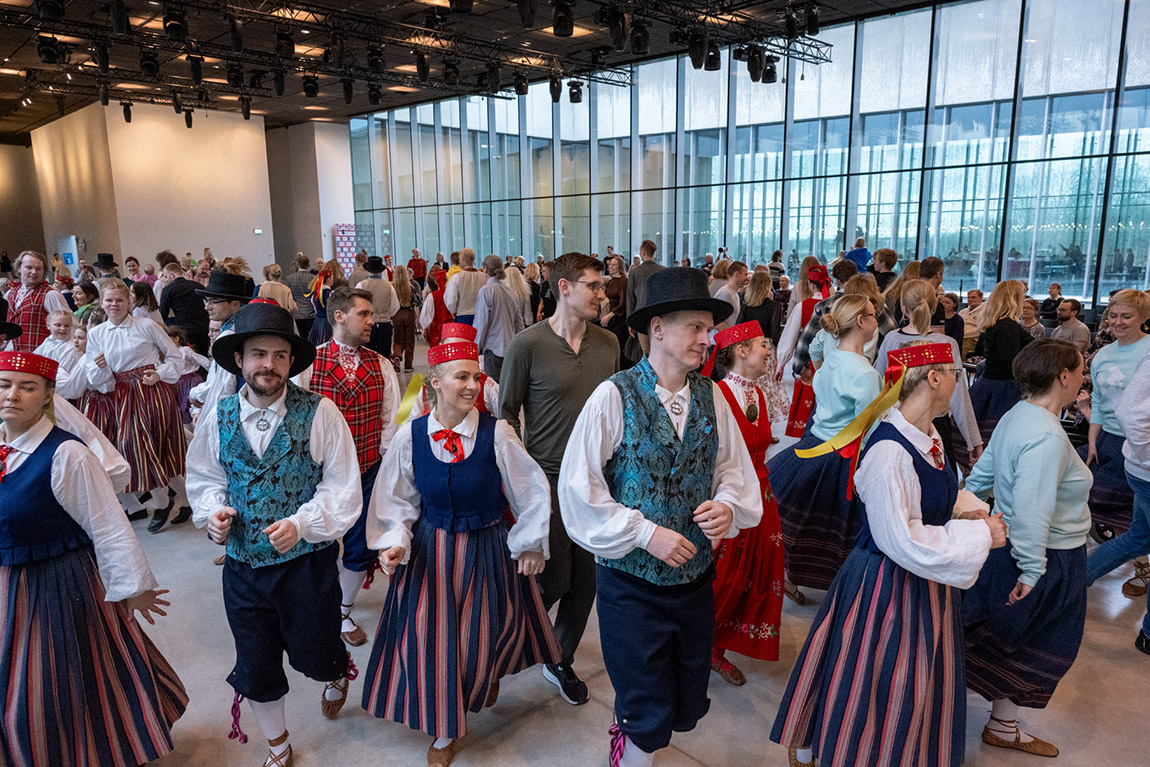
Photo: Berta Jänes
Web: www.erm.ee
Facebook: Eesti Rahva Muuseum / Estonian National Museum
Instagram: @eestirahvamuuseum
Subscribe to Our Newsletter
Receive our monthly newsletter by email


